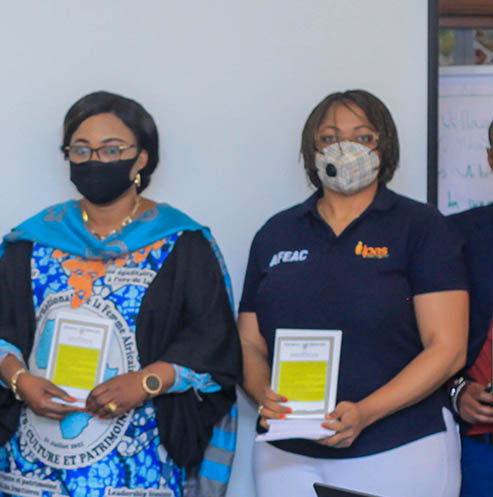Project: Center for Public Information on Population Research (CPIPR)
576 Search Results Found For : "affordable meds https://simplemedrx.top"
PRB Discuss Online: Growing Up in North America, How Are Children Faring Economically?
(2008) Globalization helped increase incomes in Canada, the United States, and Mexico for more than 10 years, but left many children vulnerable economically.

Among Older Americans, Black and Hispanic People Are Much More Likely to Need Help at Home—and Go Without It
Income, neighborhood characteristics, and state policies may underly racial disparities in who gets needed care, despite federal efforts to expand home-care programs.
Evidence to End Female Genital Mutilation/Cutting
PRB was a partner on Evidence to End FGM/C: Research to Help Girls and Women Thrive, a UKAID-funded research program to end female genital mutilation/cutting (FGM/C) within one generation.

How Demographic Changes Make Us More Vulnerable to Pandemics Like the Coronavirus
(2020) The world is better equipped to fight a pandemic today than it was in 1918, when influenza swept the globe and infected up to one-third of the world’s population.1 While science and medical advances have given us new advantages in fighting disease, some demographic trends since 1918 may increase the risk for spreading contagions and our vulnerability to viruses.

Analyzing Big Data on a Shoestring Budget
Big data has opened a new world for demographers and public health scientists to explore. But is analyzing big data practical and affordable?

Continuity and Change in the U.S. Decennial Census
The first nation in the world to take a regular population census, the United States has been counting its population every 10 years since 1790—as required by the U.S. Constitution (Article I, Section 2).

Project: Strengthening Evidence-Based Policy to Expand Access to Safe Abortion (SAFE ENGAGE)
The Democratic Republic of the Congo Leads the Way on Abortion Access: A Pathway for Reproductive Rights Advocates in Francophone Africa
Women in sub-Saharan Africa face the greatest risk globally for an unintended pregnancy to result in an unsafe abortion.

